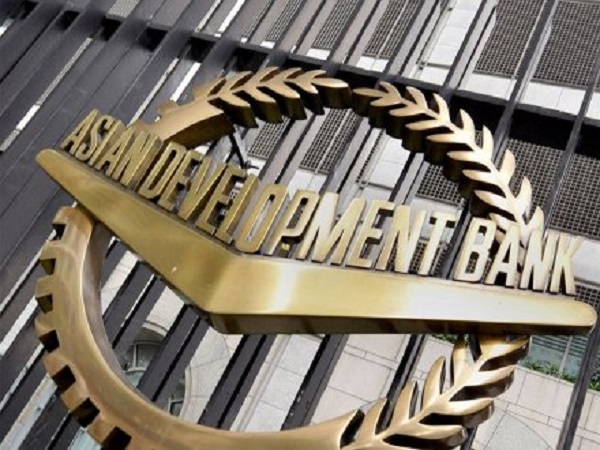The Asian Development Bank’s (ADB) confidence in the health of the Philippine economy remains steady, with a recovery in later months of the year expected to make up for the slip-up at the start of 2014.
In a report, the Manila-based lender on Thursday slashed its growth forecast for emerging markets in Asia. The Philippines, still seen as one of the region’s top performers, was excluded from the less bullish projection.
“Private investment and household consumption remain strong,” ADB said in a mid-year supplement to its annual Asian Development Outlook (ADO) report. The original ADO for this year was published in March.
The Philippine economy will likely grow by 6.4 percent in 2015 and 6.3 percent in 2016, the ADO supplement showed. The projections are identical to the forecasts made in March.
In the first quarter of 2015, Philippine gross domestic product (GDP) grew by 5.2 percent, the slowest pace in three years. This fell short of the government’s target by nearly two percentage points.
Anemic government spending in the first quarter was mainly to blame for the slowdown in output growth. Fiscal authorities have blamed bureaucratic bottlenecks for the difficulty in disbursing money—a problem officials have been working to address.
Despite the disappointing first quarter, the Philippine economy is still expected to perform well during the year given a healthy consumer spending and the rising investments from both the private and public sectors. Election-related spending later in the year will also provide a boost that will spillover into 2016.
“Risks to the outlook include weaker-than-expected recovery in major industrial economies and a continued slow public spending despite government measures taken to improve budget execution,” the ADB said.
The ADB’s assessment was less favorable for the rest of Asia, where growth is expected to slow as a result of weakness in China, and softness in the American, Japanese, and European economies.
For 2015, the ADB cut its growth forecast for developing Asia to 6.1 percent from 6.3 percent.
The ADB also sees 2016 gross domestic product (GDP) growth in the region to come in at 6.2 percent, down from 6.3 percent forecast previously.
“Slower growth in the China is likely to have a noticeable effect on the rest of Asia given its size and its close links with other countries in the region through regional and global value chains,” said ADB chief economist Shang-Jin Wei.
